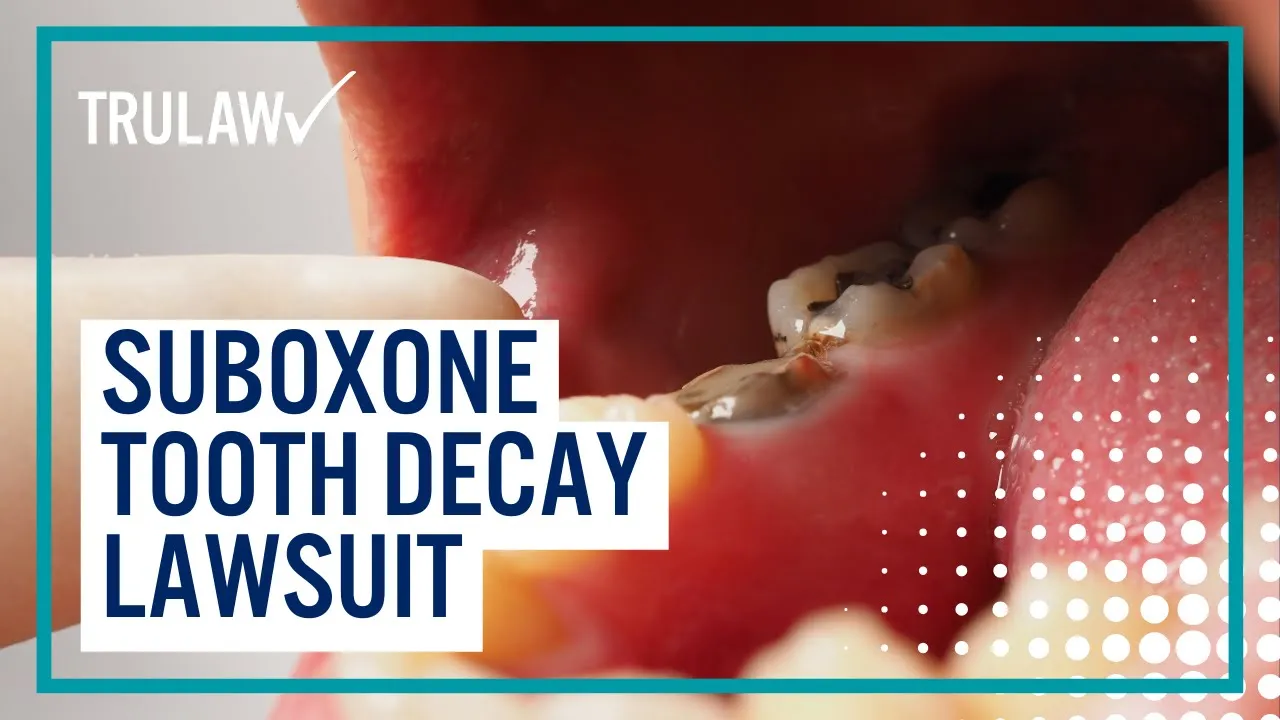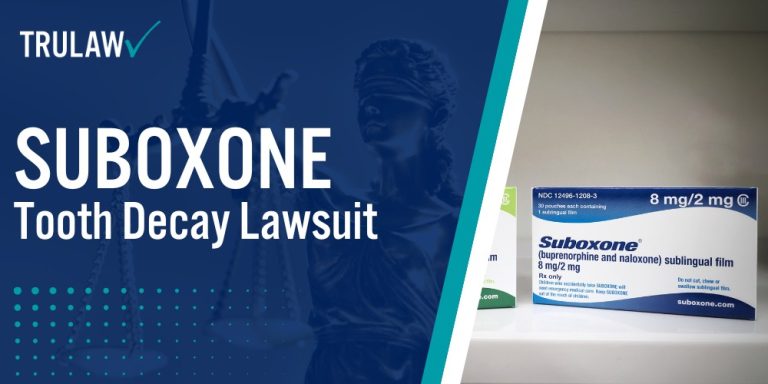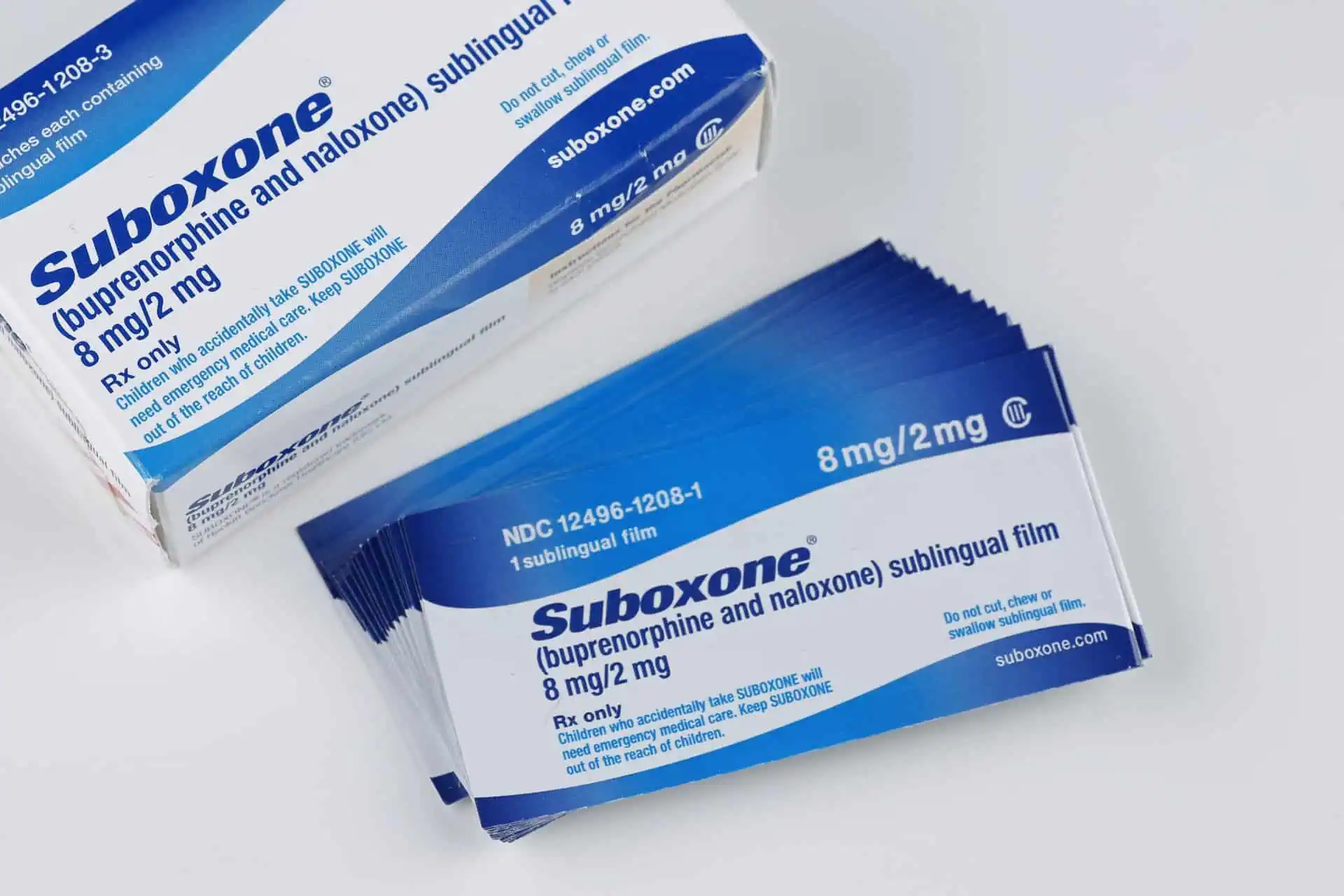Suboxone is a prescription medication that combines buprenorphine and naloxone, primarily used to treat opioid use disorder (OUD).
The drug is administered as a sublingual film strip that dissolves under the tongue to reduce withdrawal symptoms associated with opioid dependence.
The (2) two active ingredients in Suboxone are:
- Buprenorphine: A partial opioid agonist that helps reduce cravings and withdrawal symptoms without producing the intense euphoria associated with full opioids.
- Naloxone: An opioid antagonist that precipitates withdrawal symptoms to deter misuse.
The sublingual buprenorphine-naloxone is intended to be part of a comprehensive treatment plan for doctors to gradually reduce the dosage over time until patients are completely weaned off the drug in combination with counseling and therapy.
An alarming amount of cases describe severe oral health issues in patients with no reported prior history of dental problems.
How Suboxone Causes Tooth Decay
Suboxone’s acidic composition creates significant oral health risks during its required 5-10 minute sublingual dissolution period.
The medication’s dual mechanisms of direct acid exposure and induced xerostomia (dry mouth) can significantly impact dental health.
This combination creates an environment particularly conducive to tooth decay and enamel erosion.
The following factors contribute to Suboxone-related dental complications:
- Direct Acid Exposure: Requires a minimum of 5-10 minutes of continuous acid contact during dissolution; prolonged exposure can occur when proper mouth rinsing is omitted, and repeated daily acid exposure is common with ongoing treatment.
- Xerostomia Effects: Reduced saliva production, leading to diminished natural buffering of oral pH and decreased natural cleansing of the oral cavity.
- Enamel Impact: Progressive erosion of the protective enamel layer, resulting in increased vulnerability to bacterial invasion and a heightened risk of cavity formation and structural damage.
Proper oral hygiene protocols, including post-dissolution mouth rinsing, are often overlooked in patient education for patients on Suboxone therapy.
Reduced saliva production and repeated acid exposure create a particularly challenging environment for maintaining dental health.
Regular dental monitoring and preventive care are essential to long-term Suboxone treatment management.
If you or a loved one were prescribed Suboxone to treat opioid addiction and suffered severe tooth decay, you may qualify to seek compensation.
Contact TruLaw using the chat on this page to receive an instant case evaluation determining your eligibility to file a claim in the Suboxone tooth decay lawsuit today.



